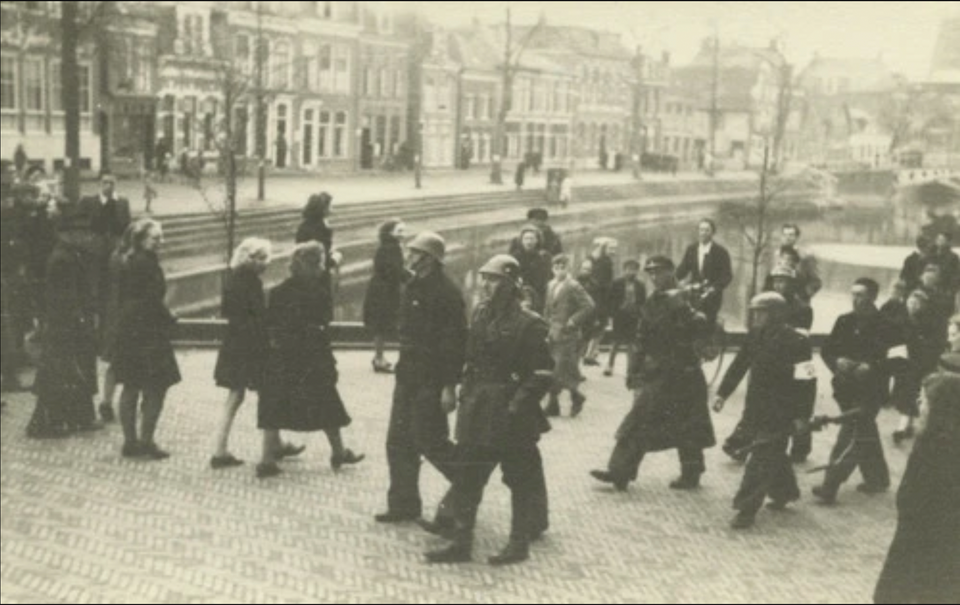Locations
649 to 672 of 5229 results
-
De Heide Recreational Area
De Heide Recreational Area Heerenveen
Heerenveen
from your location
-
Outdoor Bakkeveen
Outdoor Bakkeveen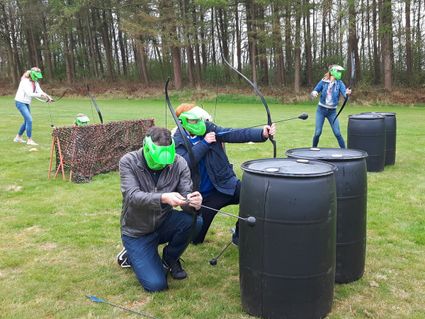 Bakkeveen
Bakkeveen
from your location
-
Fochteloërveen Nature Reserve
Fochteloërveen Nature Reserve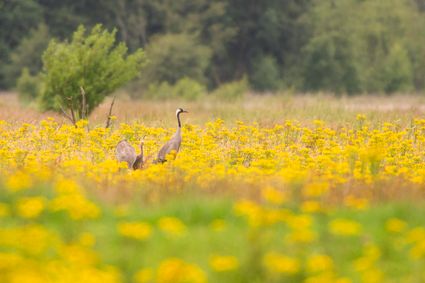 Fochteloo
Fochteloo
from your location
-
Noard 165
Noard 165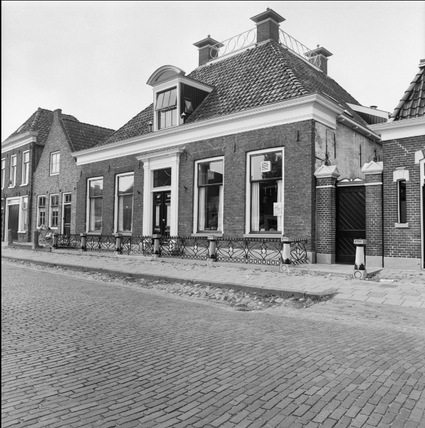 Workum
Workum
from your location
-
The liberation of Friesland
The liberation of Friesland
By 18 April, the whole province of Friesland had been liberated, except for the Wadden Islands. Compared to other provinces, there was little fighting in Friesland. Overall, the few thousand German troops who had been unable to escape from Friesland were defeated by the Canadians relatively quickly.
The commander of the Royal Canadian Dragoons, Lieutenant Colonel Landell, praised the actions of the resistance by stating that "Friesland liberated herself". While that may be a bit of an exaggeration, the actions of the Frisian resistance undoubtedly accelerated the liberation. And reduced the number of casualties on the Allied side.
At least 31 resistance fighters lost their lives in confrontations with German troops and their Dutch accomplices. At least eleven Canadians and one Frenchman were killed on the Allied side. Dozens of civilian victims were also killed in the fighting and shelling. The number of casualties on the German side is not known, but it is believed that the number ran into hundreds. With 320 destroyed and 4000 damaged homes and 80 destroyed bridges, Friesland was materially the least damaged province of the Netherlands.
Many German soldiers fled towards the western part of the country. The retreating German troops gathered mostly in Harlingen, Makkum and Lemmer. From there, they tried to get away by boat across the IJsselmeer or via the Afsluitdijk to North Holland. The Wadden Islands also became a refuge for collaborators and German soldiers. Here, liberation was longer in coming.
On the island of Terschelling, the last German troops were disarmed by a British artillery regiment on 29 May. Two days later, the British crossed from Terschelling to Vlieland, and the liberation of that island was also a fact. Ameland was liberated on 3 June.
Personnel from the infamous Scholtenhuis, the SD headquarters in Groningen, had entrenched themselves on Schiermonnikoog. After their departure on 31 May, there was a celebration on the island, in spite of the six hundred members of the occupying troops who still were there. Only on 11 June did the last German soldiers leave Schiermonnikoog, and then the whole province of Friesland was free.
Most Canadian units that had liberated Friesland continued the battle in Groningen and North Germany after 18 April. Their war ended on 8 May 1945, when the surrender of all German armed forces became effective.
 Eanjum
Eanjum
from your location
-
-
Minicamping De Frije Fries
Minicamping De Frije Fries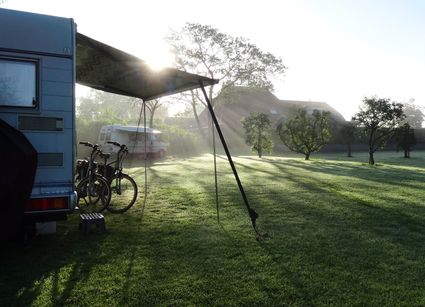 Rotstergaast
Rotstergaast
from your location
-
Pathé Leeuwarden
Pathé Leeuwarden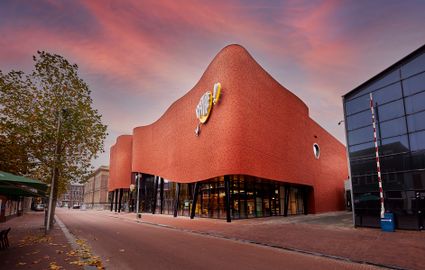 Leeuwarden
Leeuwarden
from your location
-
Willemstad
Willemstad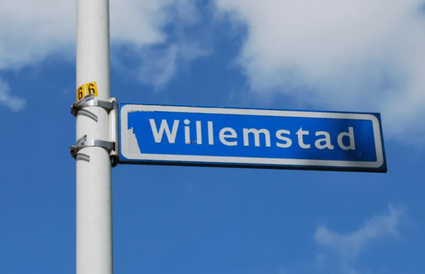 Appelscha
Appelscha
from your location
-
Groepsaccommodatie Us Hiem
Groepsaccommodatie Us Hiem Oudega (gemeente Súdwest-Fryslân)
Oudega (gemeente Súdwest-Fryslân)
Direct boekbaar
from your location
-
Beeld Hein Mader
-


Accept cookies to see this content.
Beeld Hein Mader
 Appelscha
Appelscha
from your location
-
-
Peije de speelman
Peije de speelman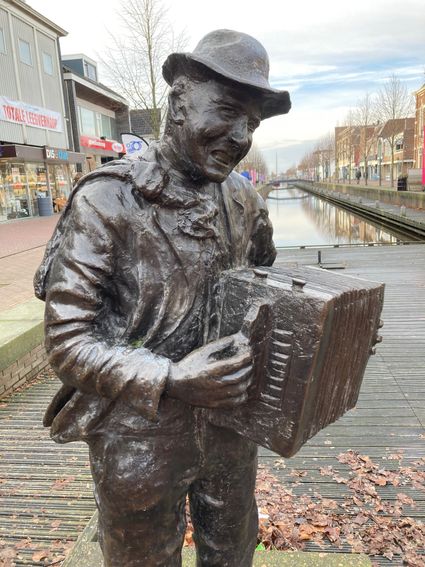 Drachten
Drachten
from your location
-
Standbeeld Grutte Pier
Standbeeld Grutte Pier Kimswerd
Kimswerd
from your location
-
Camperplaats Weidumerhout
Camperplaats Weidumerhout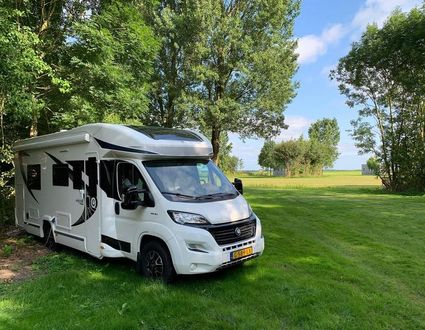 Weidum
Weidum
from your location
-
Sint-Pauluskerk Aldtsjerk
Sint-Pauluskerk Aldtsjerk Aldtsjerk
Aldtsjerk
from your location
-
Information Point Church Wiuwert
Information Point Church Wiuwert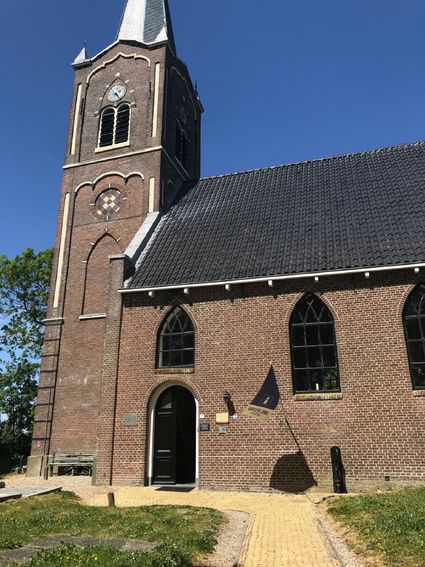 Wiuwert
Wiuwert
from your location
-
Vakantiewoonboot De Waterparel
Vakantiewoonboot De Waterparel Offingawier
Offingawier
Direct boekbaar
from your location
-
Aldwar Pleats
Aldwar Pleats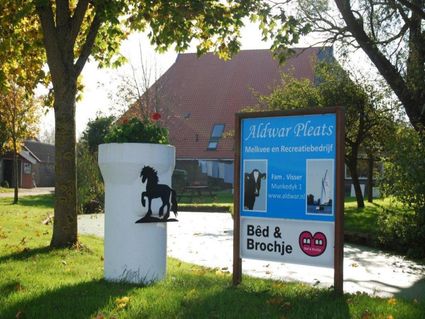 Gaastmeer
Gaastmeer
from your location
-
Small beach on Lake Tjeukemeer in Delfstrahuizen
Small beach on Lake Tjeukemeer in Delfstrahuizen Delfstrahuizen
Delfstrahuizen
from your location
-
Restaurant de Zwarte Haan
Restaurant de Zwarte Haan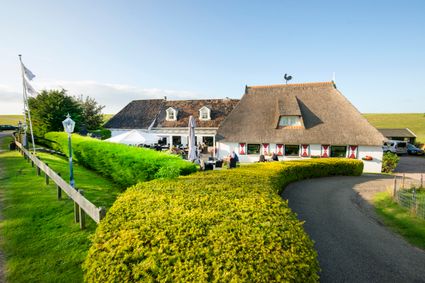 St Jacobiparochie
St Jacobiparochie
from your location
-
Haulsterbos
Haulsterbos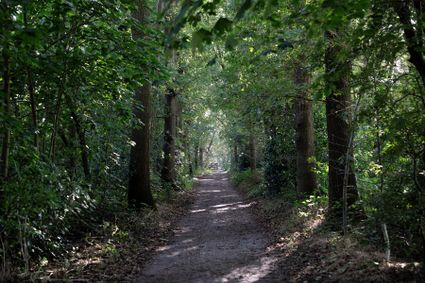 Haskerhorne
Haskerhorne
from your location
-
WaterCampus
WaterCampus Leeuwarden
Leeuwarden
from your location
-
SUPAway.nl
SUPAway.nl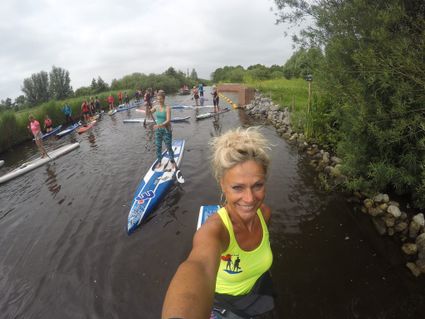 Grou
Grou
from your location
-
Westhoek: verzilting
-


Accept cookies to see this content.
-
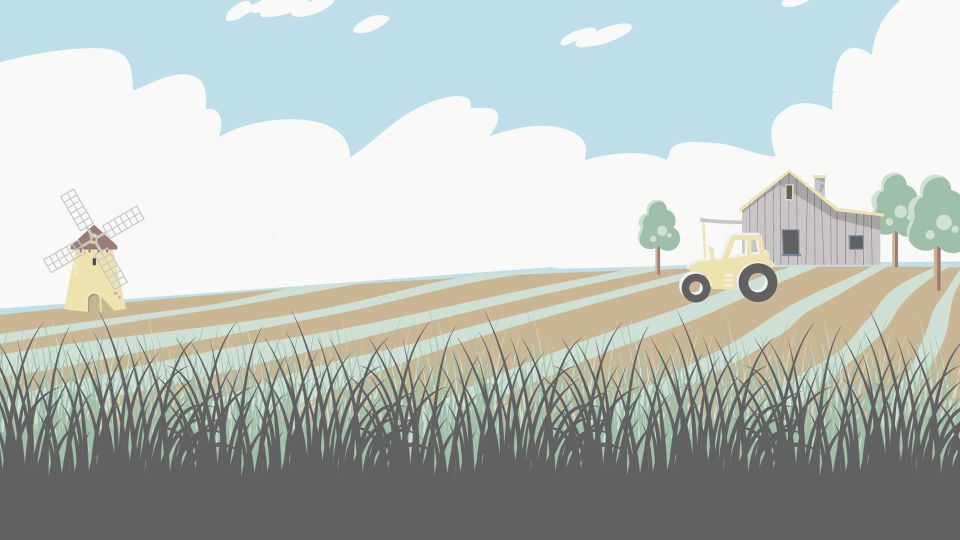
-

Westhoek: verzilting
(beluister hier het audioverhaal)
Al eeuwenlang plukken kustbewoners vruchten van deze bodem, die ooit zee was. En dat is letterlijk zo, de (poot)aardappelteelt van deze streek is bijvoorbeeld van wereldklasse. Toch is er ook een keerzijde. Het zoutgehalte in kustgebieden neemt namelijk zo ver toe dat problemen ontstaan in de landbouw.
Je kunt je wel voorstellen wat er gebeurt als een gewas teveel zout krijgt. In dit gebied hier rond Westhoek komt het zoute grondwater gelukkig niet zo hoog dat de wortels van de gewassen erin groeien. Maar in de zomer kunnen boeren hun droge akkers soms niet beregenen met water uit de sloten en vaarten omdat het zoutgehalte te hoog is.
Het Wetterskip zet deze pomp hier beneden bij het veerooster (en andere stuwen en opmalingen in heel Friesland) in tegen de verzilting, door de vaarten en kanalen door te spoelen met zoet water dat uit de Friese boezem komt.
De Friese boezem is de benaming voor de aan elkaar verbonden kanalen en meren in Friesland met een streefpeil van 0,52 meter onder Normaal Amsterdams Peil (NAP). Dat NAP is het nulpunt dat we in Nederland gebruiken om hoogtes met elkaar te vergelijken. Een onmisbaar instrument.
Het zoete water dat naar deze polder komt, die in de jaren zeventig van de vorige eeuw van de boezem is afgesloten, wordt bij de sluis van Wier 6 km verderop ingelaten. Het zoute water stroomt naar het gemaal in Zwarte Haan en vandaar naar zee. Probleem opgelost, voor even.
De toenemende zeespiegelstijging zorgt voor een hogere druk van het zoute zeewater op de kustgebieden. De bodem van het land klinkt in, en daalt ook door delfstoffenwinning, en het zoute grondwater zit dus dichterbij de oppervlakte. De zoete laag boven het zoute grondwater wordt ook nog eens dunner omdat de zomers tegenwoordig vaak erg droog zijn.
Het probleem speelt niet alleen hier, maar wereldwijd. Er wordt daarom steeds vaker gekeken naar zouttolerante gewassen voor de toekomst, gewassen die goed tegen zout kunnen dus. Want doorspoelen met zoet water werkt wel, maar het is ook een kostbare manier. Ook op andere manieren wordt daarom al meer zoet water vastgehouden, door bijvoorbeeld oevers te verbreden.
Ingesproken door:
Nienke Brokke beschrijft zichzelf als een kunstenaar die gaat waar het verhaal is. Haar werk uit zich van video-installaties tot land-art. Nienke organiseert buurtprojecten waarbij ze met de bewoners iedere beeldende discipline gebruik om hun verhalen samen te verbeelden. Van animatiefilms tot zandsculpturen.In 1997 studeerde zij af op de Rietveld theatervormgeving/Art-direction. Joop was daarbij de examinator. 17 jaar na dato nam hij contact op omdat haar examenwerk hem bijgebleven was. “Joop was bevlogen met veel ervaring en verstand van uiteenlopend theater en kunstdisciplines. Een man met twee blote voeten stevig op de grond.
Vanaf de eerste ontmoeting was het alsof hij familie van me was. Hartelijk, oude jongens krentenbrood zeg maar. We bespraken grootse plannen. Verfrissend voor mij om mee te gaan in zijn onstuitbare enthousiasme en projecten te bedenken.”
Dit verhaal is onderdeel van de route Gemalen Verhalen van Sense of Place
 Westhoek
Westhoek
from your location
-
-
Pancake train
Pancake train Marrum
Marrum
from your location
